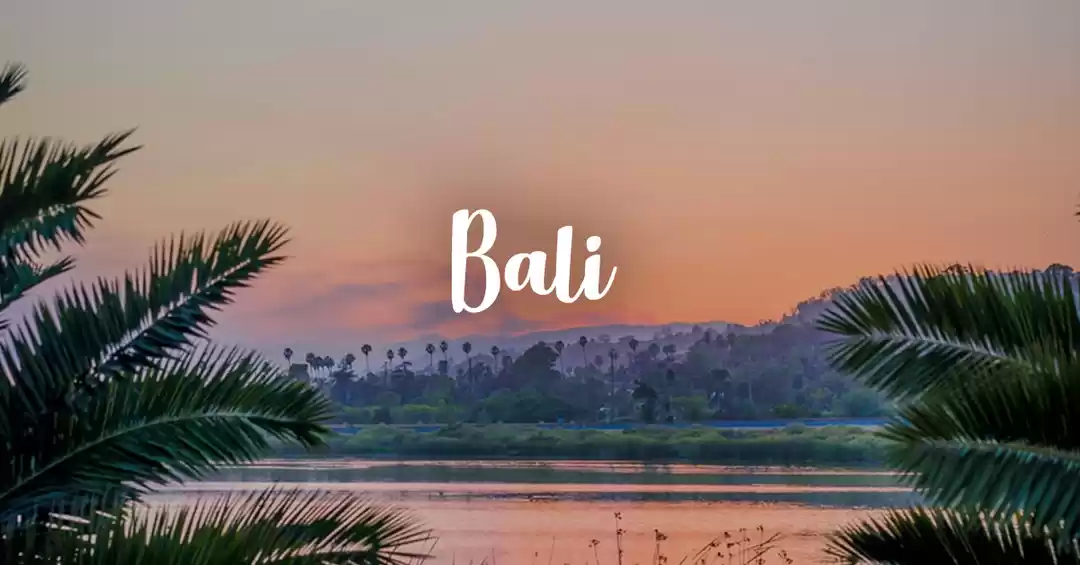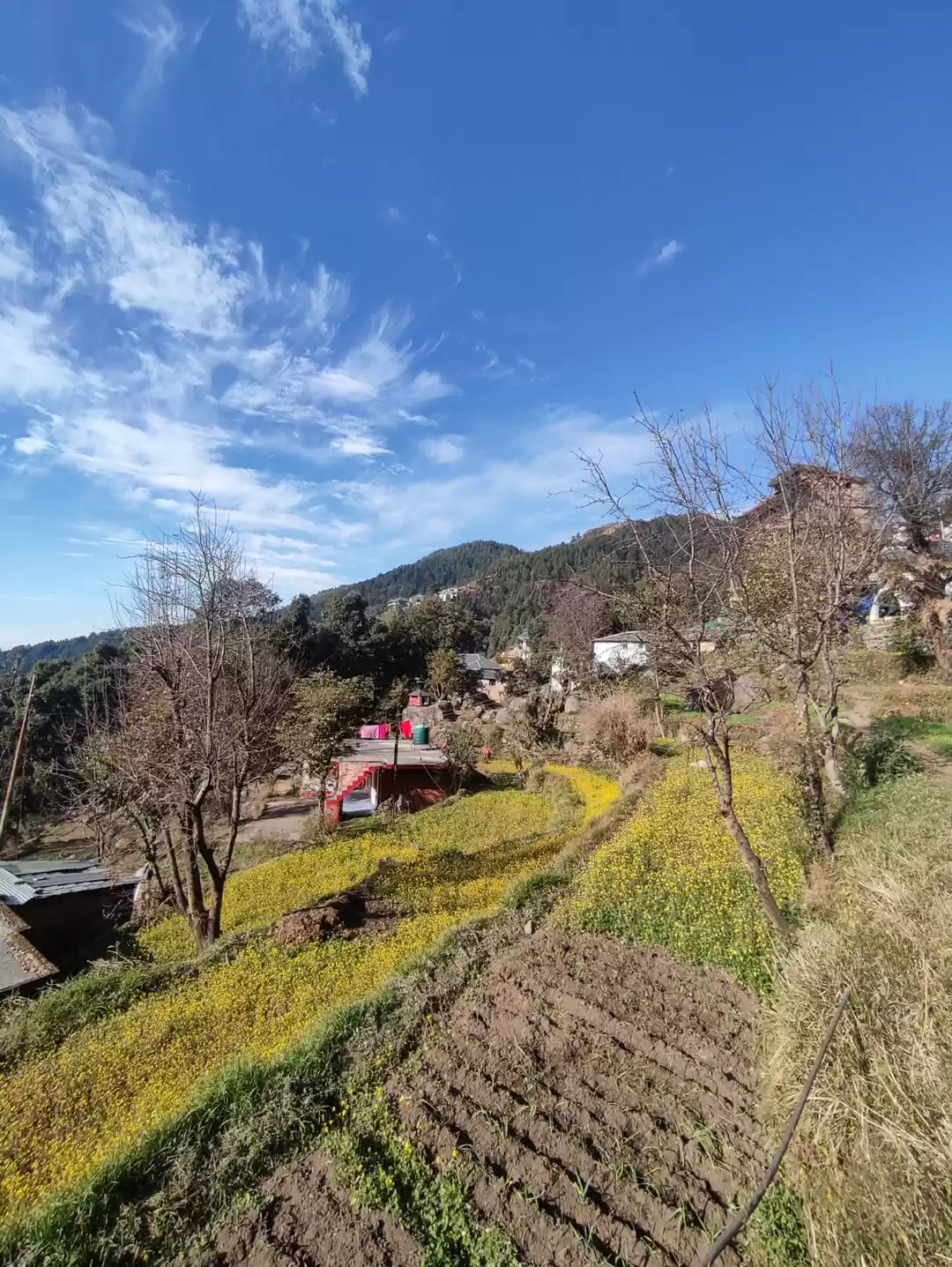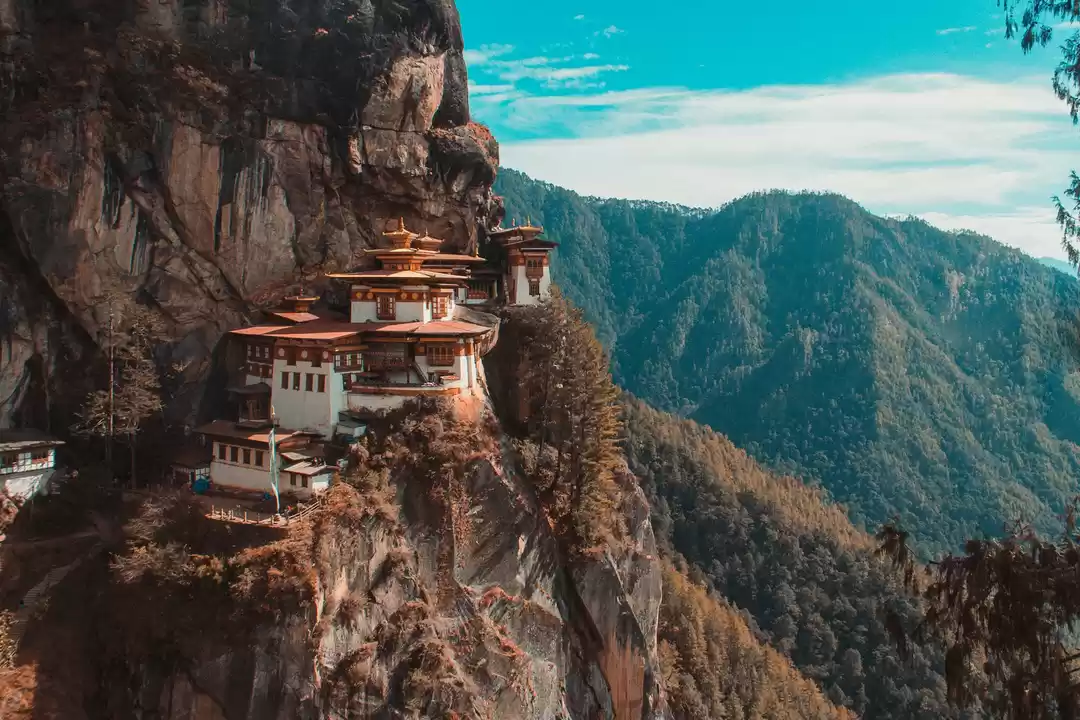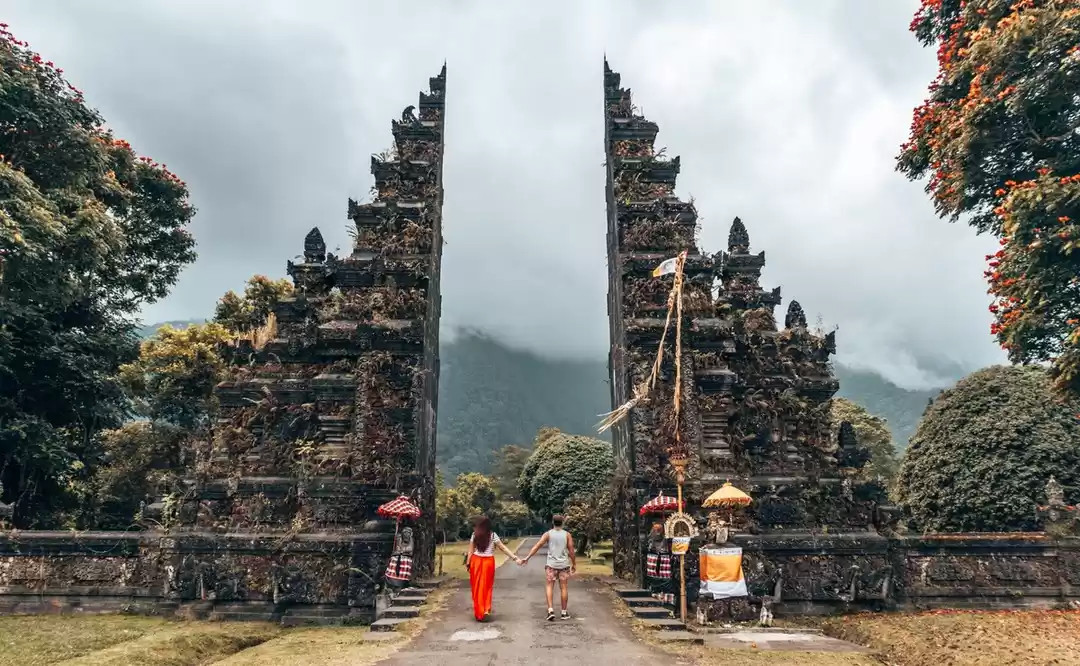Staying hygienic on treks requires some effort, especially during Aunt Flow’s monthly visit. Yes, you won’t get to take bath. And double yes, there won’t be the swanky city loos on the trail. But there are hacks, and brilliant ones that will keep you fresh, tidy and hygienic. Ladies at Indiahikes jot down the list of hacks they swear by.
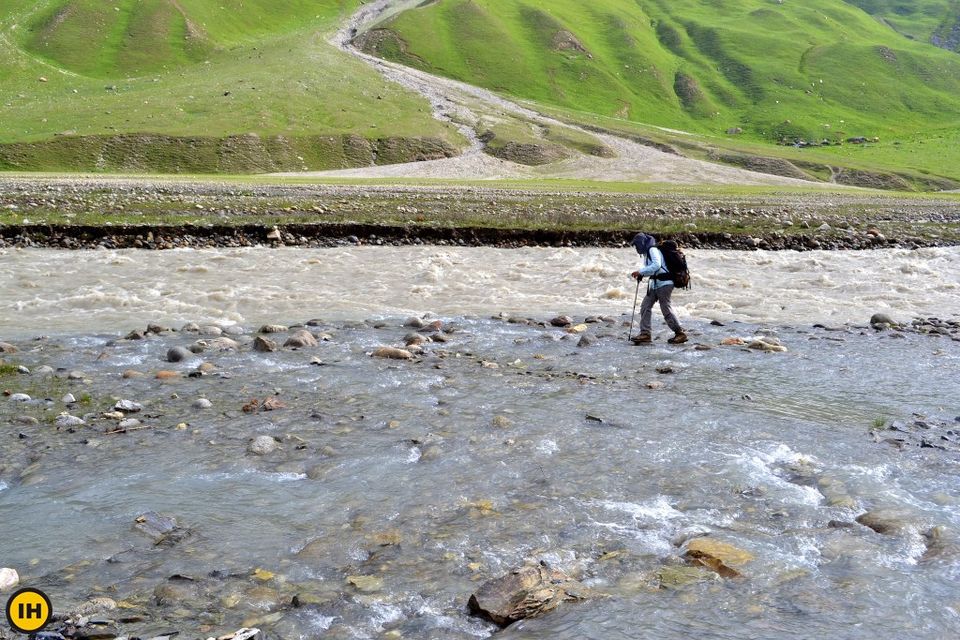
Many women trekkers are worried about hygiene on a trek. “It’s not as difficult to stay hygienic as it seems,” says Prathima Chhabria, Ground Coordinator at Indiahikes. Yet, it’s not that straightforward. It takes a couple of treks to figure out how to get the hygiene part right. More so, if you are having your periods during the trek.
Periods –How to deal with it?
“It’s a misconception that you shouldn’t trek during your periods. Periods are natural. Why should it stop you from travelling?” asks Sandhya, “Instead, if you challenge yourself to trek or be out of your comfort zone during periods, it helps you discover how strong your body actually is.”
During periods, Sandhya opts for tampons. “Their volume is less, they are mostly made of cotton, they don’t leak and they can be worn during rains or river-crossings as they don’t get wet, unlike sanitary napkins,” she says.
Tampons are small, super-absorbent rolls. They soak up all the menstrual blood. As they are inserted inside, they do not get wet and can be safely worn during river-crossings or rains. The biggest advantage of tampons is their volume. They hardly take up any space in the backpack. “But get used to wearing tampons before using them on a trek,” cautions Sandhya UC.
If tampons are not your thing, you can always opt for the sanitary napkins. While they are widely used and traditionally accepted, they could get a little cumbersome on treks. They are voluminous and are prone to leaks. But if sanitary napkins are what you are comfortable with, then just go with the flow!
For women who would like to explore new options, there are DivaCups. These are menstrual cups that need to be deep inside the vagina to collect the blood. They can be washed and reused.
Whatever you use, make sure you do not leave anything behind. Roll them up in newspaper, put them in ziplock bags and bring them back to your city. Do not bury them or dispose them in dustbins in the mountains.
You can watch this video with more tips to manage periods.
What’s the best replacement to taking bath?
“I wipe myself with a damp tissue, especially the sweaty areas like armpits before changing into fresh clothes,” says Prathima.
Wet wipes could be a rage on treks, but they are not biodegradable. So we recommend you take along a soft handkerchief or the usual, scent-free tissue papers. Use it for wiping after dampening it. Always wipe yourself thoroughly before getting into a fresh set of clothes.
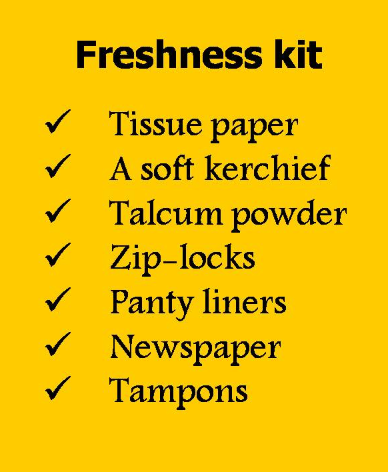
“Avoid wiping and changing in extreme temperatures, such as at night or early in the morning,” says Sandhya UC. The afternoon time, when the weather is tad warm, is the best.
How many fresh clothes will you need?
A lot of women ask us if they need fresh clothes for each day. “You need three pairs of clothes for a trek of around 6-8 days,” says Sandhya UC, “one that you are wearing and two spares.”
Start your trek in one pair of clothes. When they get sweaty, wear a fresh pair on the inside and use the sweaty pair on the outside. If there is a water source nearby, rinse the sweaty pair, dry and re-use. As you go to higher altitudes, the need to change lessens as we don’t sweat much. During such times, change once in two days.
“Carry a fresh pair of undergarments for each day,” says Sandhya, “or carry panty-liners that can be changed every day.” Carry plastic bags for used undergarments. You can also use plastic bags for used socks so that they don’t get mixed with fresh clothes in your backpack.
Keep the used socks in the outer part of the tent so that your tent doesn’t stink after a long day’s trek.
Maintaining basic hygiene
What you can do most easily on a trek is maintain basic hygiene. Brush your hair, wash your face, answer nature’s call and clean up. There will be water available at all campsites to brush and wash up. As for your toothpaste and soap, try your best to take toiletries without chemicals in them. Organic products will decompose more easily.
Some quick tips
Ladies at IH spoke at length on what should or should not be done while on treks. While the discussion mostly revolved around the above four topics, many brilliant trekking hacks popped out. Out of them, the 5 best are written as below:
1. Cotton undergarments allow your skin to breathe. So opt for comfortable, cotton undergarments. Go for sports bras as they fit snugly and are more comfortable.
2. Apply petroleum jelly along all places where elastic touches your body. During a trek, friction with the elastic gives rise to chafing. Petroleum jelly will prevent this.
3. Clip your damp handkerchief or socks to your backpack when you trek. They will be dry by the time you reach the next campsite.
4. If you are using sanitary pads, roll them tightly into a tiny cylinder before putting it in the ziplock. This way it will hardly occupy any space in your bag.
5. Keep talcum powder handy and sprinkle it on the inside of your socks and shoes to keep stale odour at bay.
Visit www.indiahikes.com for more information.



